Quotation request
Fill out the form to request a quote for our custom services.
We will get back to you with a quote shortly.
FAQs
Your Inquiries, Our Solutions
What is the average price of a Custom Product Mockup?
It depends on the complexity of your product's package. Low complexity are for example hard surfaces and symmetrical packages and their price could be between €40-60. Medium complexity products are for example the soft surfaces, metallic, non-symmetrical packages and their price is between €60-90. High complexity packages are including complex geometrical shapes, transparent bottles with visible liquid and products with many textures. The price for this kind of products is €90-130.
What is the average price of a 3D Product Visualization?
It depends on the complexity of your product's package. Low complexity are for example hard surfaces and symmetrical packages and their price could be between €50-80. Medium complexity products are for example the soft surfaces, metallic, non-symmetrical packages and their price is between €80-130. High complexity packages are including complex geometrical shapes, transparent bottles with visible liquid and products with many textures. The price for this kind of products is €130-200.
What is the average price of a 3D Product Animation?
The price for product animation is €50 per second.
What type of product animation do I need?
Here are some of the most common types of Product Animations:
1. Exploded View Animation: disassembeling the product into its individual components, showcasing how each part fits together. It's ideal for demonstrating product assembly and highlighting key features.
2. Functionality Animation: demonstrating how the product works or operates. It illustrates its intended use and showcases any moving parts or mechanisms in action.
3. 360-Degree Rotation Animation:
a comprehensive view of the product by rotating it a full 360 degrees. This allows viewers to see the product from all angles, providing a detailed understanding of its design and aesthetics.
4. Simulation Animation:
real-world usage scenarios or environments in which the product would be used. For example, a simulation animation of a water bottle might show it being filled with water, carried in a backpack, and used during outdoor activities.
5. Interactive Animation:
zooming in/out, rotating, or selecting different options. This type of animation enhances engagement and provides a more immersive experience for the viewer.
6. Dynamic Lighting Animation: moving shadows and highlights to simulate changes in lighting conditions over time. For example, as the virtual sun moves across the sky in a day cycle animation, the shadows cast by the product may shift accordingly, while highlights on its surface adjust to mimic the changing angles of sunlight. This adds realism and depth to the animation, enhancing the overall visual appeal.
7. Day Cycle Animation:
simulating a full day cycle, from sunrise to sunset. Throughout the animation, viewers can observe how the product interacts with changing lighting conditions, such as the warm hues of sunrise, the bright midday sun, and the softer tones of sunset. This type of animation can evoke different moods and atmospheres, depending on the time of day depicted.
8. Seasonal Showcase Animation: changing seasons by slowing down to capture the beauty of nature throughout the year. The animation could follow the product's journey through different seasons, highlighting its versatility and adaptability to various environmental conditions.


